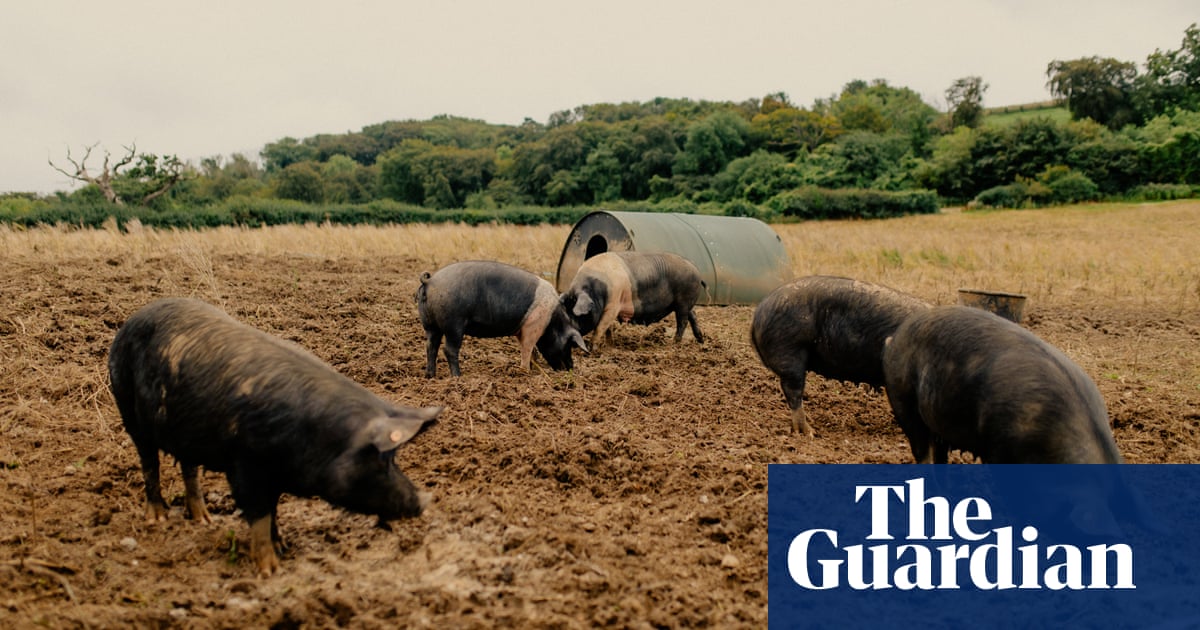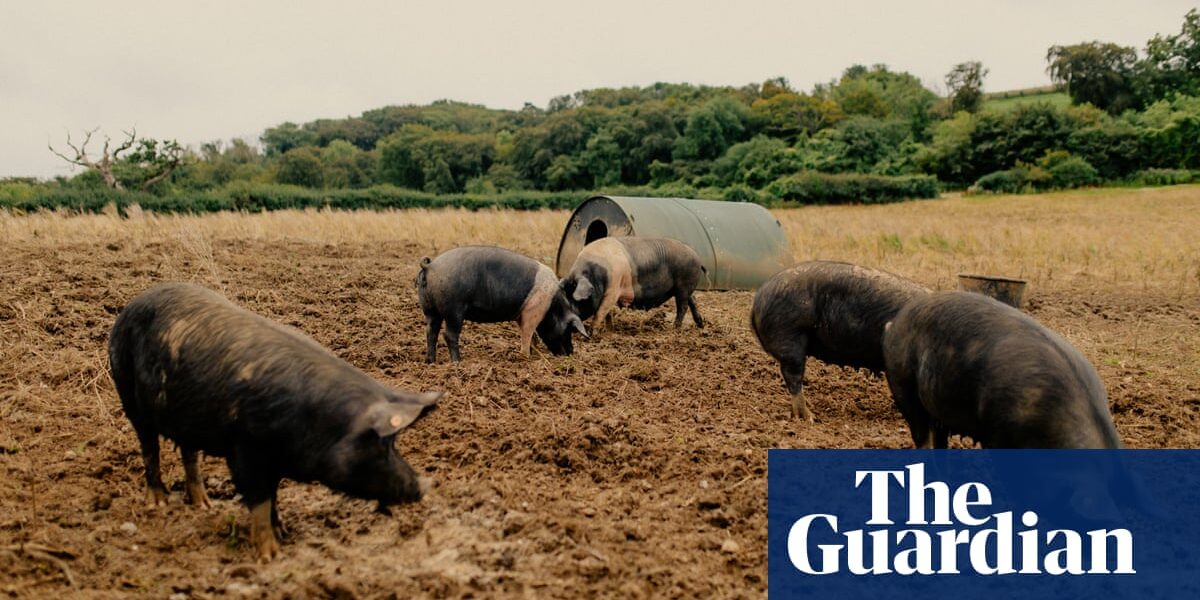A recent study has discovered that ammonia levels in Europe’s agricultural areas are four times greater than normal.

A examination has uncovered the origins of ammonia, which is contaminating our atmosphere and causing harm to our well-being and natural habitats.
The study gathered data from 69 sites across the United Kingdom and mainland Europe. It revealed that farming areas have four times higher levels of ammonia compared to other locations. The suburbs of several cities also showed increased ammonia levels due to agricultural practices.
Jenny Hawley, a policy manager at Plantlife, a charity that was not part of the study, expressed concern over the damaging effects of ammonia emissions on wild plants, lichens, and fungi in natural habitats such as meadows and woodlands. She stated that over 90% of the UK’s land area has concentrations of ammonia that are harmful to sensitive species like lichens, mosses, and liverworts. This can lead to species loss, reduced ability to withstand climate change and other threats, and even direct toxic harm.
Research has shown a higher incidence of asthma in kids who reside in farming regions with high levels of ammonia, particularly near concentrated pig farms. Nonetheless, the most significant health consequences occur when ammonia mixes with air pollutants from vehicles and factories, resulting in particle pollution. This accounts for approximately half of the particle pollution in Europe.
Lowering levels of particle pollution to abide by the World Health Organization’s (WHO) guidelines could have potentially prevented 238,000 untimely deaths in Europe this year.
Over 80% of the ammonia released into the air is attributed to agriculture, including nitrogen fertilizers and animal waste. However, the study also identified other sources in urban areas.
Ammonia levels near heavily trafficked roads were 40% higher compared to other areas of urban environments, likely due to the release of emissions from diesel and gasoline car exhaust. These emissions were even more pronounced in the mornings, potentially due to increased output when starting cold engines. This can contribute to the presence of harmful particulate matter in the air. Implementing stricter regulations for new vehicles could potentially improve this issue.
In the future, ammonia is expected to be used as a fuel for shipping and power generation. However, agriculture will continue to be its primary source.
Between 1990 and 2021, the production of ammonia from agriculture in the UK decreased by 21%. Despite possible solutions, collaboration between environmental and health scientists and farmers to implement effective policies has been lacking, with progress stagnating after 2005.
Ignore the advertisement for the newsletter
after newsletter promotion
According to a recent review by Katie Wyer of University College Dublin, it is crucial that food production does not negatively impact our ability to breathe. Furthermore, Wyer emphasizes the importance of reducing ammonia emissions, which may be easier to achieve compared to other harmful pollutants.
Source: theguardian.com



